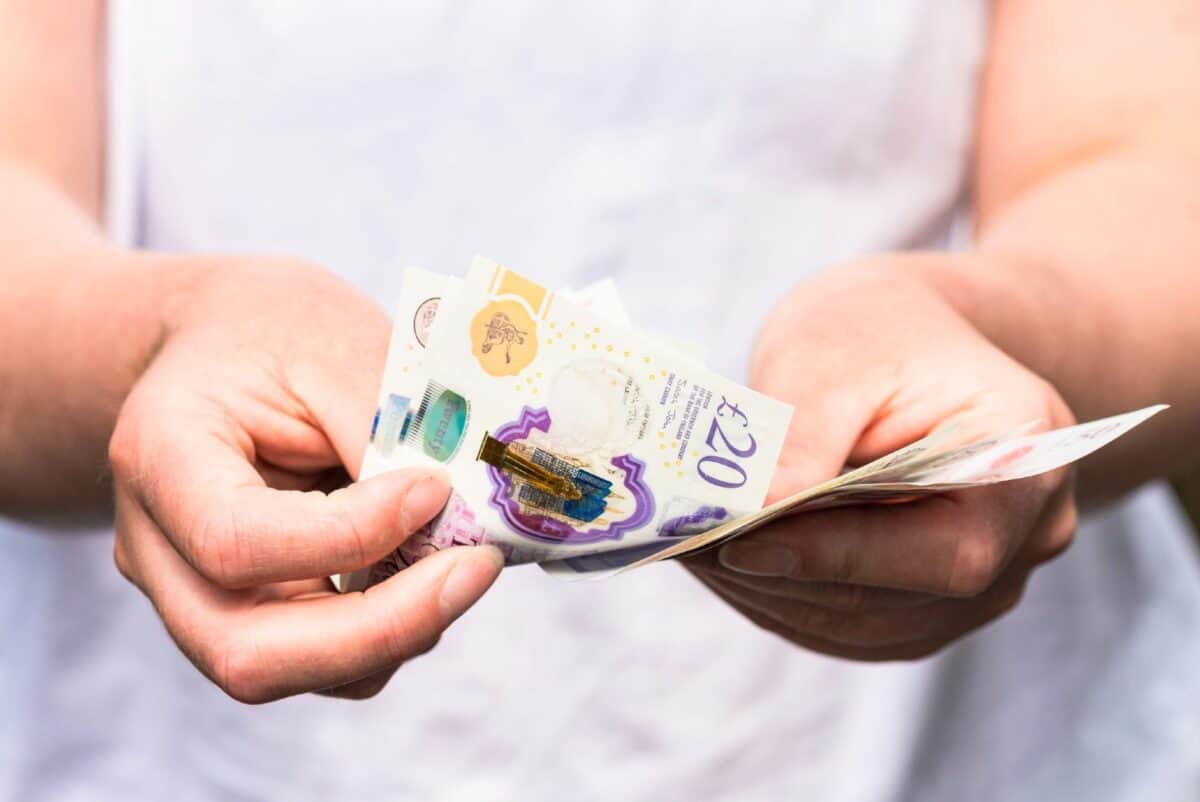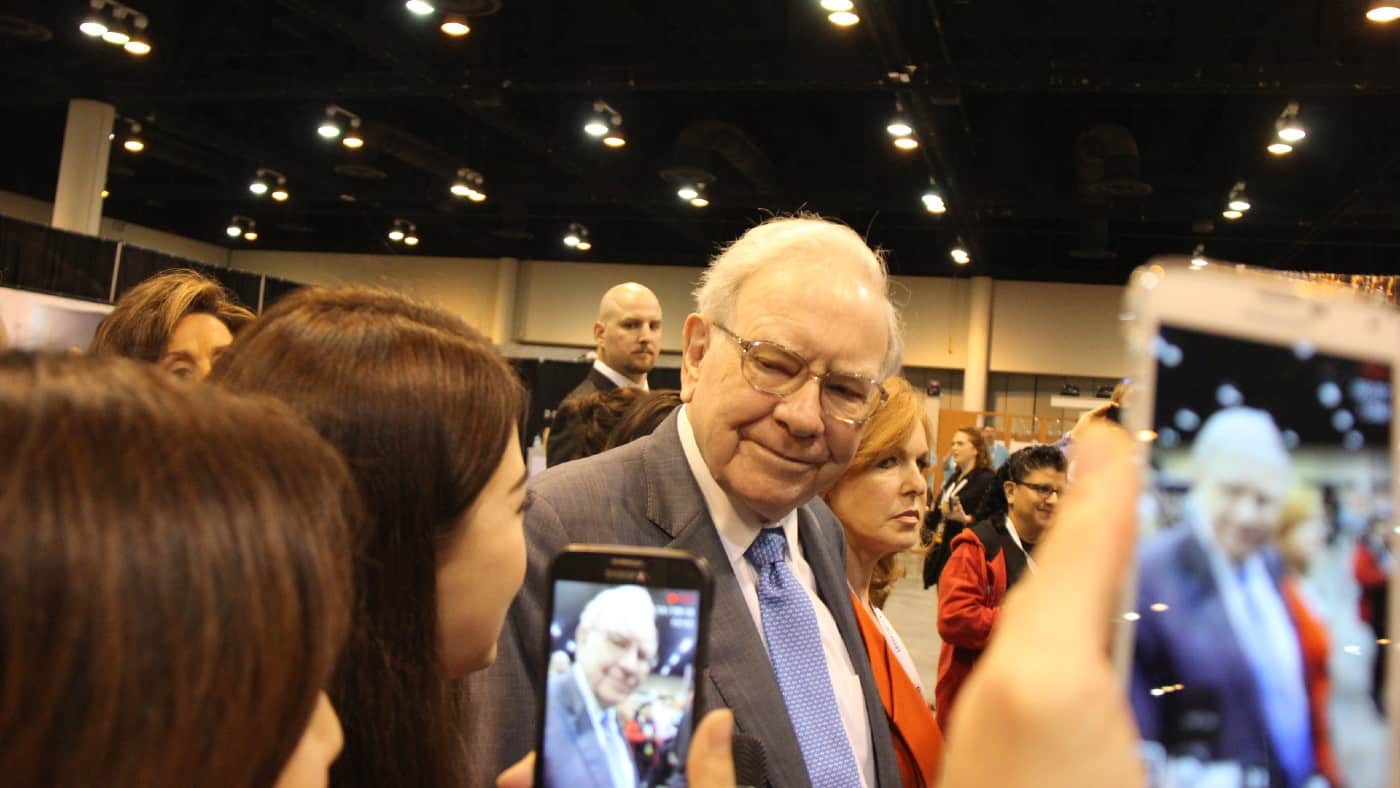Image source: Getty Images
A second income can be crucial in times of crisis – a lost job, mortgage rate hikes, or a medical emergency. The list goes on. Building another income stream can seem daunting, but it needn’t be the case.
One possibility I’ve found is investing in high-yield dividend shares and harnessing the power of compound returns. Starting with just £10 a day, I believe a £1,000 a month is possible. Here’s how.
Potential returns from dividend shares
Dividends are a small reward that some companies pay their shareholders annually. A dividend yield represents the percentage that shareholders receive per share. It typically ranges from 1% to 10% depending on the company, but high yields are often less reliable. Yields change frequently and can be cut completely if profits decline.
On average, a portfolio of well-chosen dividend shares can expect an annual yield of 5%. This is in addition to the gains earned through annual share price increases. The FTSE 100 has historically returned 7.7% annually but 6% is a conservative approximation for the average investor.
By investing £10 a day, that’s £3,650 a year. With an average 5% dividend yield and 6% annual share price increase, a compounding investment could grow to £22,774 in five years. The dividends on that would pay around £876 a year. In 10 years this would have increased to £61,314, paying £2,644 in dividends annually.
Not bad, but not life-changing.
However, after 21 years, the pot could have grown to £266,830, paying dividends of £12,068 a year – over £1,000 a month. Yes, 21 years may sound like a long time. But a potential £1,000 a month extra cash – indefinitely – from only £10 a day spent? That sounds like a good deal to me.
Of course, this is just an example. Actual figures could differ depending on market fluctuations and economic conditions.
What dividend shares to choose?
Dividend shares can be tricky because there are several factors at play. A high yield may look attractive but may be unreliable. Occasionally, a company will pump up their dividend yield to attract shareholders, only to slash it in half again the following year. It’s better to look for companies with a track record of making consistent and reliable dividend payments.
A good example is the British fast-moving consumer goods company Unilever (LSE:ULVR).
As a producer of everyday essentials like Dove soap, Hellmann’s mayo, and Lipton tea, its products are always in demand. This makes it a highly defensive stock with a steady income stream, regardless of economic climate.
Most importantly, it has a decent 4% dividend yield and a solid track record of making reliable payments.
But at £38 a share, the price isn’t exactly cheap. It’s up 224% in the past 20 years but down 11.8% in the past year and recent performance hasn’t been great. Some analysts feel Unilever needs to innovate to keep up with new disruptive technologies. With a price-to-earnings (P/E) ratio of 17.3, it’s trading near fair value and unlikely to make large gains in the short term.
However, I still think it would make a great addition to a dividend portfolio. Combined with other dividend shares and some growth shares, a good average yield with decent returns could be achieved. If I were building a dividend portfolio today, I would buy Unilever shares.
Credit: Source link














